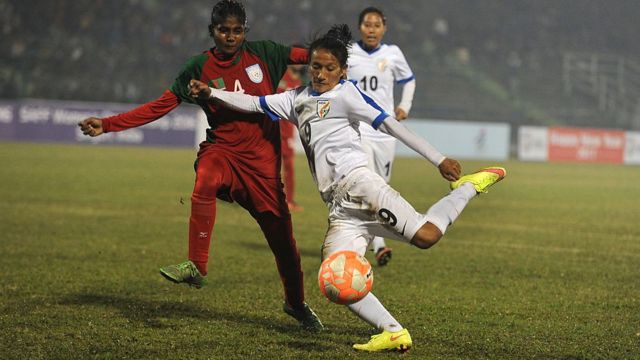Why was india banned from football

With a population of 1.4 billion, India’s absence from the international football scene seems prominent given the success of other cricket-loving nations in leveraging soccer spectator passion.
So why exactly has the world’s governing football body FIFA imposed an indefinite ban from competitions on the Indian men’s national team and all their football clubs since 2015?
This analysis explores the origins of the protracted suspension, its complex factors, as well as the path required for the ban to potentially get rescinded.
The Backdrop Behind India’s FIFA Ban
India’s exile relates to circumstances stemming from governance reforms imposed by the Indian Supreme Court to tackle chronic corruption and rigged elections historically plaguing the national football federation.
After discovering fraud, judges appointed a Committee of Administrators to oversee fresh voting for new officials. However, this interim panel’s legal legitimacy alongside a draft constitution were challenged by incumbent administrators seeking to preserve power.
With two warring bodies claiming authority, FIFA suspended India citing governmental interference in breaching rules safeguarding football federation independence – prohibiting the nation from participating in 2023 AFC Asian Cup qualification onwards.
So India remains banned primarily due to FIFA opposing court interventions despite judgments passed to improve integrity. They demand full jurisdictional autonomy.
Broader Impacts of the FIFA Ban on Indian Football
Being blacklisted since August 2022 carries numerous setbacks locally including:
- National team unable to play 2023 Asian Cup qualifiers and 2026 World Cup qualification.
- No international football permitted meaning club sides barred from 2023 AFC competitions.
- Loss of FIFA development funding for grassroots programs and infrastructure.
- Reputational damage and offshore player transfer barriers with expiry of existing contracts.
The suspension bears significant consequences, especially for younger international hopefuls seeing career progression options shrink if the impasse prolongs further.
Criteria Needed to Lift India’s Ban
For FIFA to rescind the suspension, several key conditions need fulfilling:
- Fresh elections for positions on an ad-hoc “steering committee” to take charge following Supreme Court approval.
- Drafting a new constitution for the All India Football Federation respecting principles of independence and autonomy.
- Ratifying the revised constitution through an Extraordinary General Body meeting requiring three-fourth majority delegates’ vote.
- Formally submitting an application to revoke the ban highlighting compliance to FIFA statutes.
Satisfying the above allows India’s restoration but risks remain if administrators refused to cooperate based on self-interests.
The Path Forward for Indian Football
India remains barred from all international football including 2026 World Cup qualifiers while this FA suspension persists due to governance clashes between factions.
However, a panel now oversees drafting a constitution before fresh elections which should comply with enough FIFA demands through court-mandates to restore India’s participation rights eventually.
But obtaining universal alignment between conflicting parties continues challenging prospects for an immediate reversal. Indian football consequently suffers from these internal unchecked rival self-interests.
